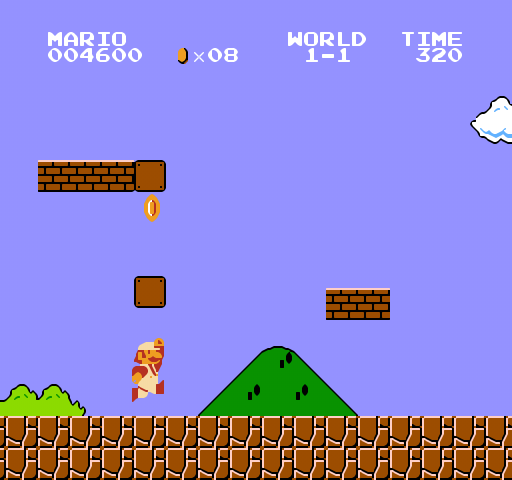


A third successor named Super Mario Bros. Another successor sharing its English name with its predecessor's Japanese name was released on October 9, 1988. 2 in Japan (later renamed Super Mario Bros.: The Lost Levels in North America) was released on June 3, 1986. remained the best selling title for near three decades, till it was surpassed by Wii Sports. With over 40000000 copies sold worldwide, Super Mario Bros. In addition, it was largely responsible for the initial success of the NES console, with which it was bundled a launch title. Its success is what made the whole genre popular and helped the North American gaming industry revive after the 1983 video game crash. kicked off an entire series of Super Mario platformer titles.

Despite not being the first game in the Mario franchise, it is the most iconic and introduced a variety of series staples such as power-ups, classic enemies and the usual task of the player having to rescue Princess Peach from King Koopa. This game began the shift from single-screen gameplay to side-scrolling platformer levels. is a platform video game developed and published by Nintendo that was released for the Family Computer and Nintendo Entertainment System in 1985. Super Mario Bros.: The Lost Levels (1986)įor the series with the same name, see Super Mario Bros. Famicom/ NES, Famicom Disk System, Game Boy Advance, Virtual Console ( Wii/ 3DS/ Wii U), NES Classic Edition/Nintendo Classic Mini: Family Computer, NES Switch Online Navigation Predecessor


 0 kommentar(er)
0 kommentar(er)
